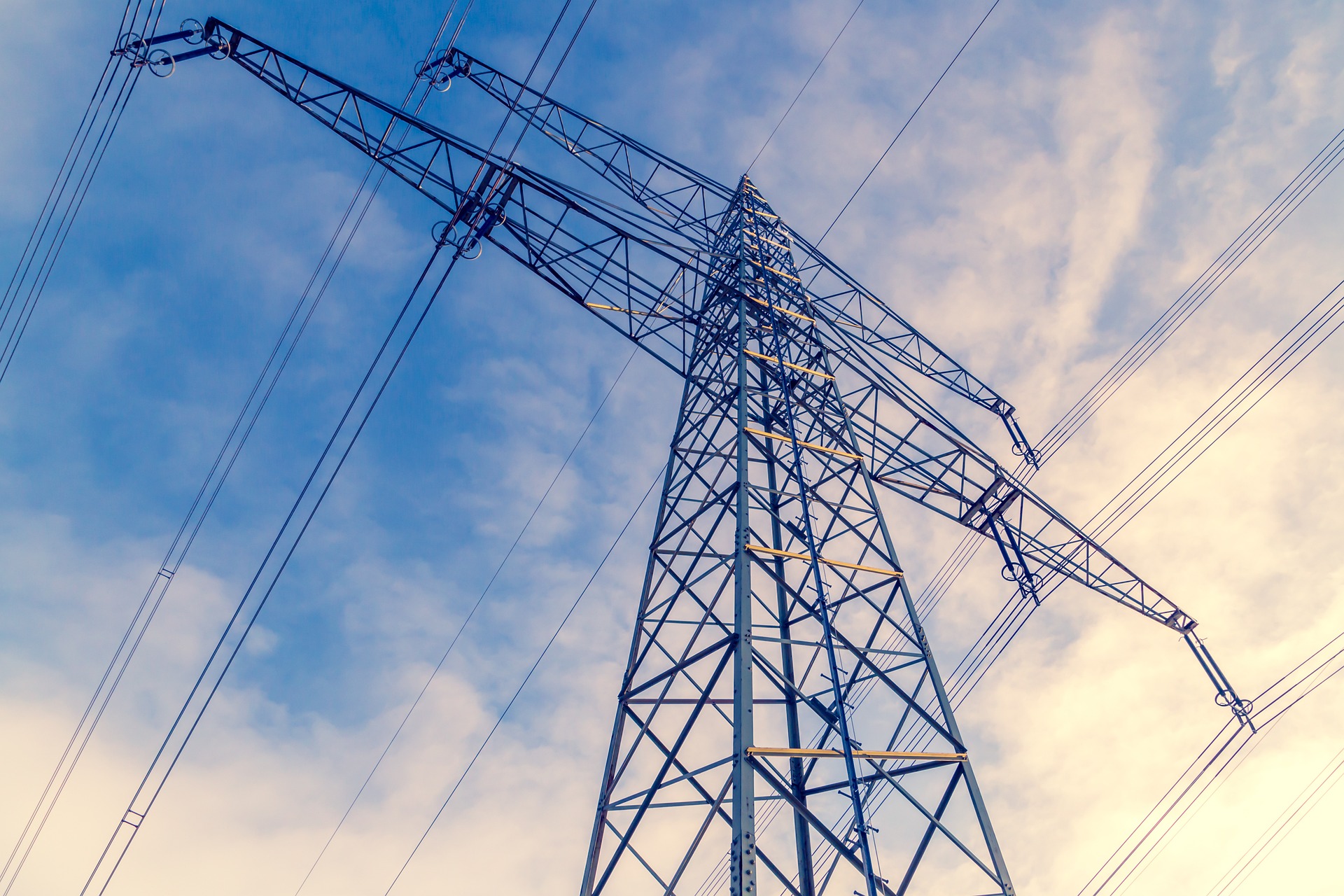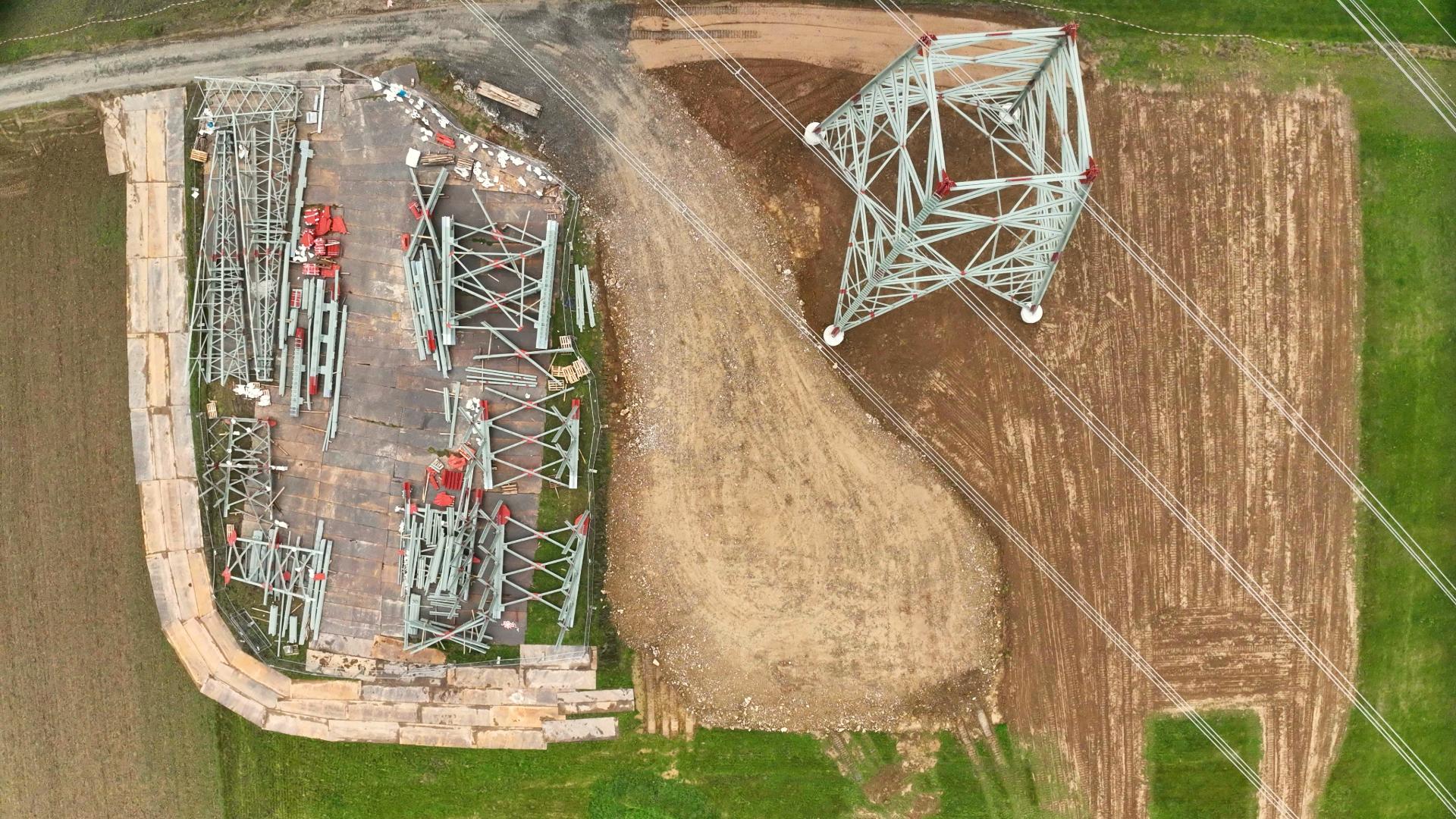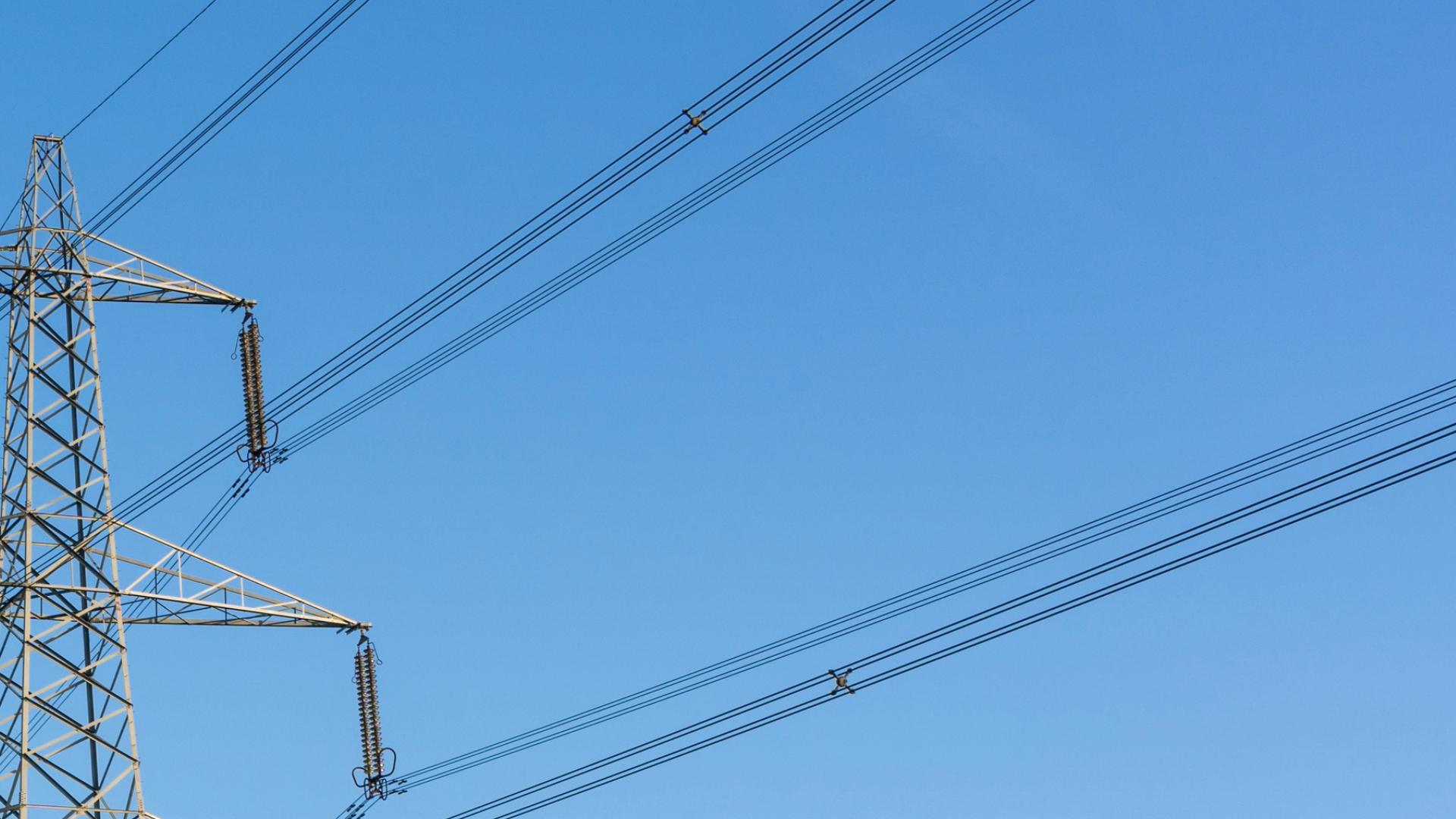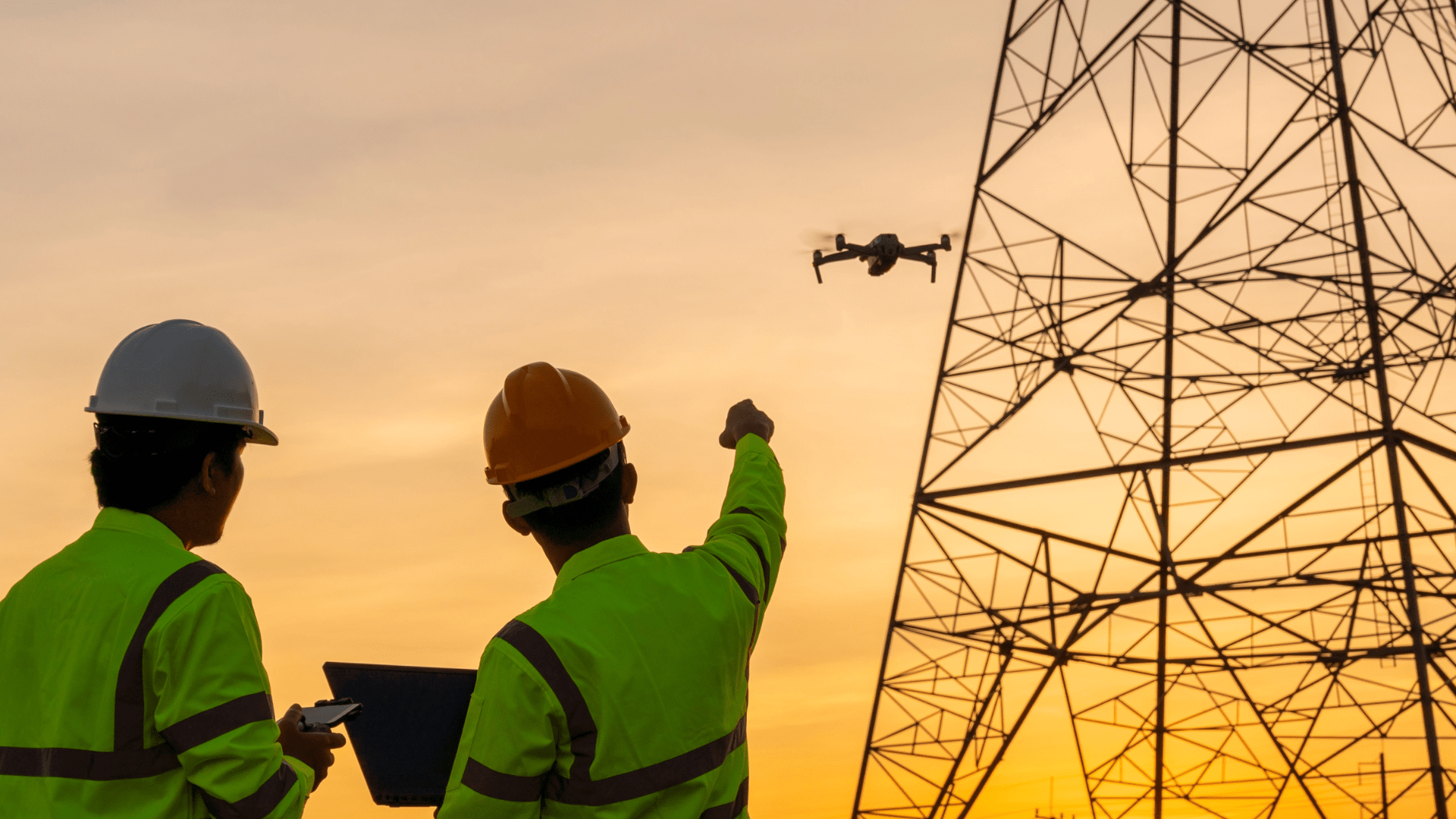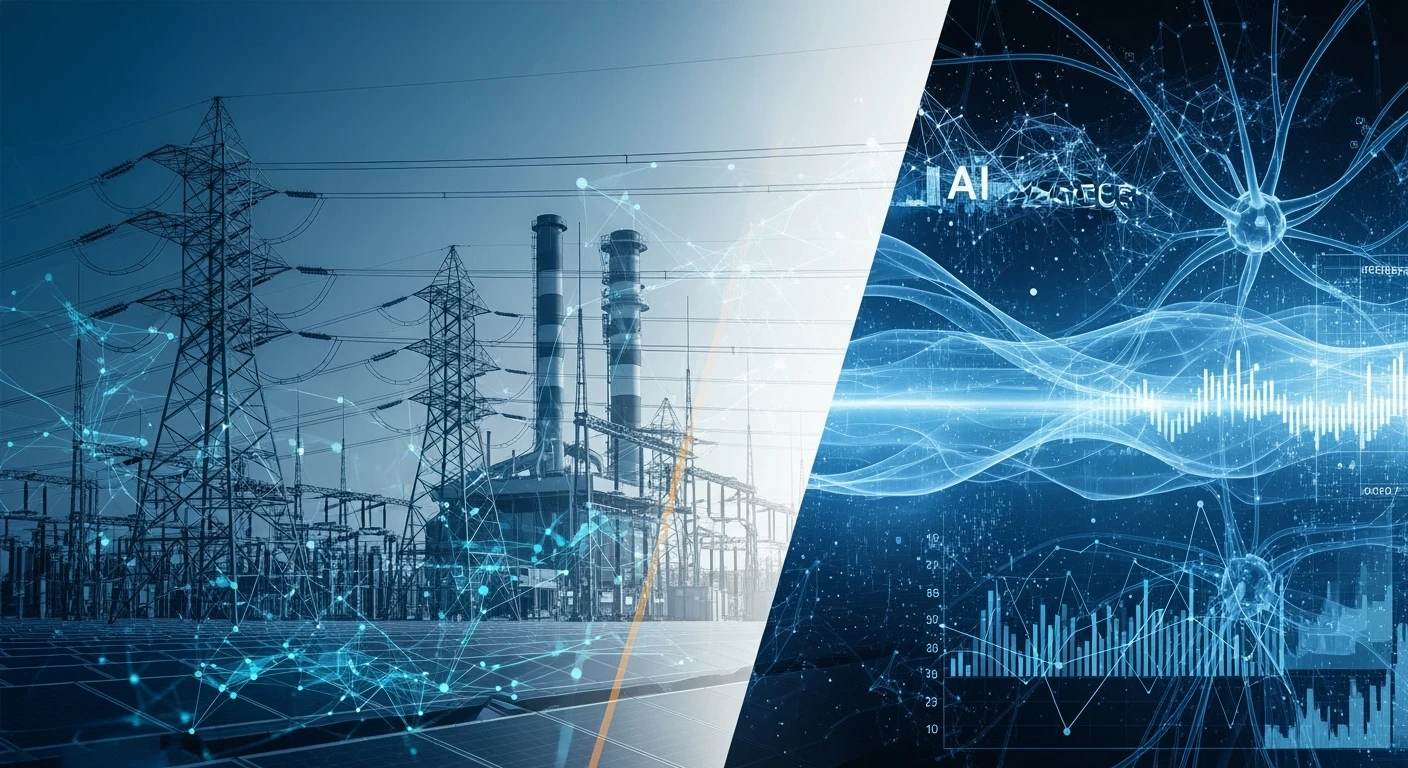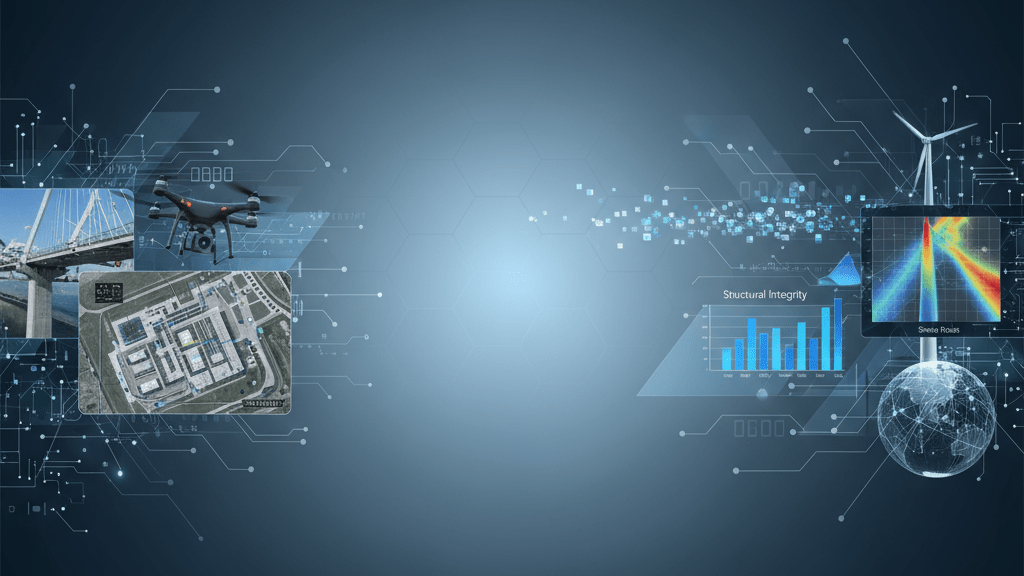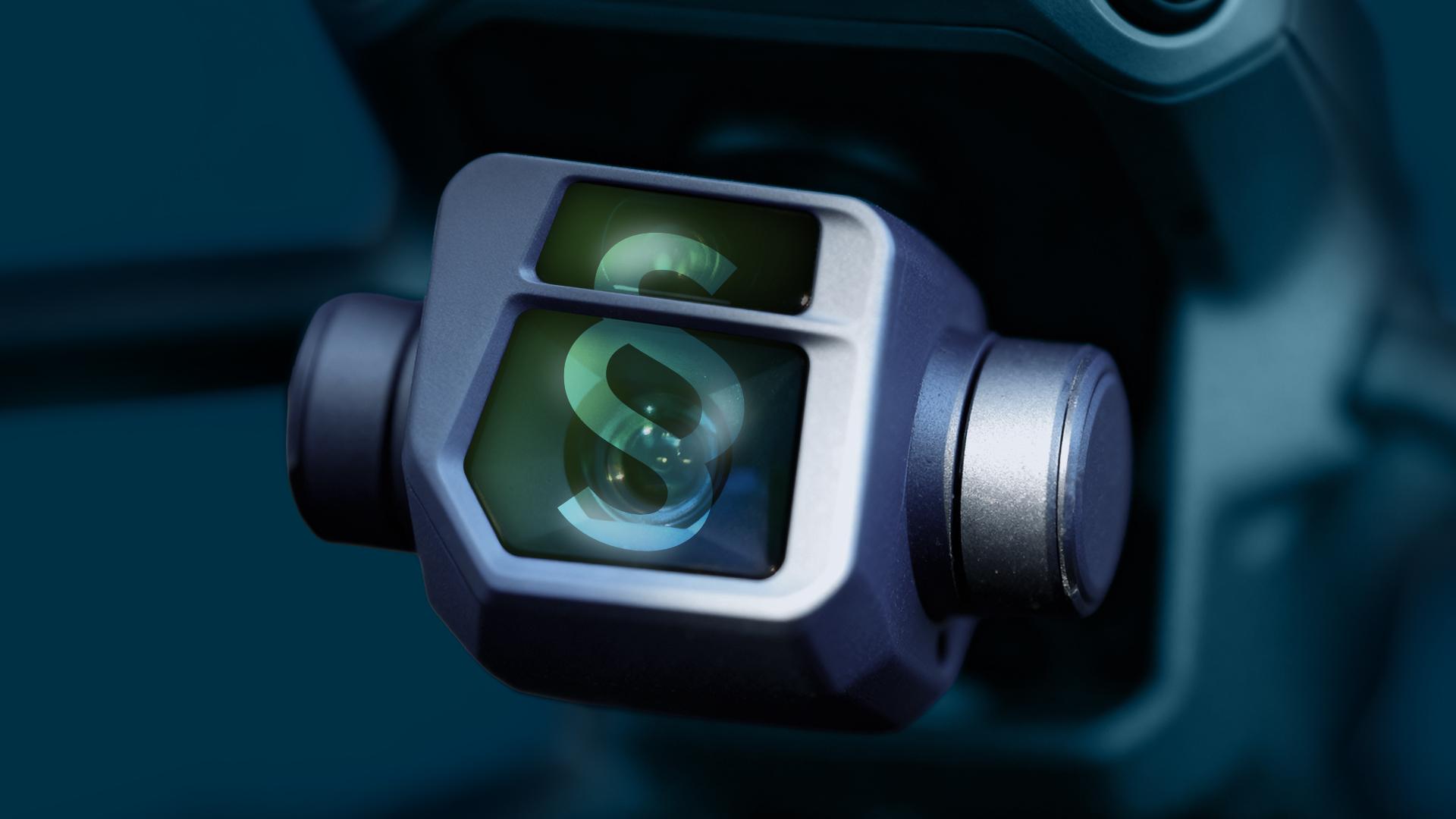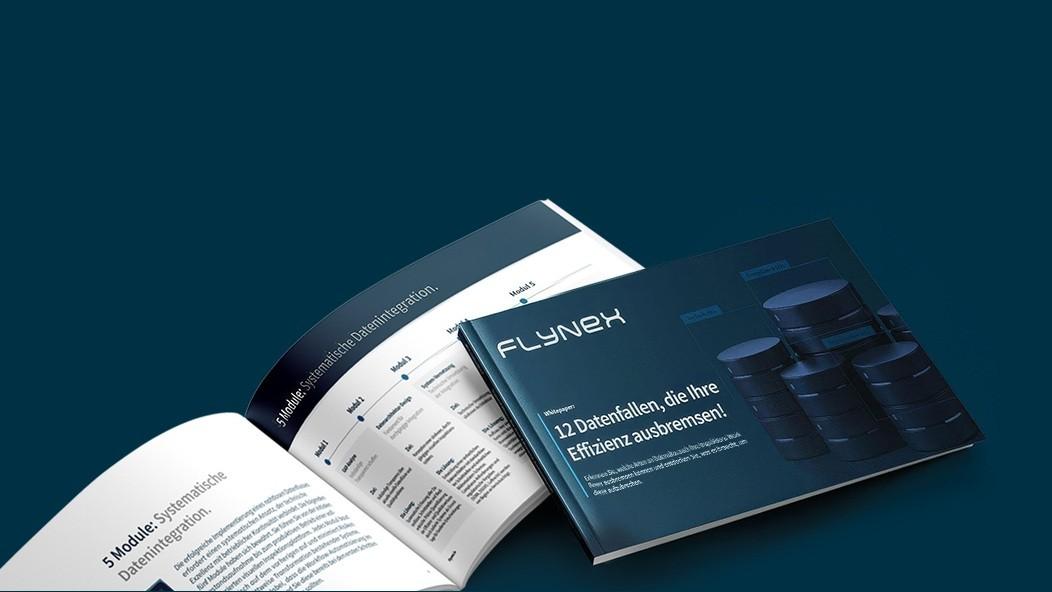Jeder kennt wohl eine ähnliche Situation: Man nimmt ein Foto auf und stellt kurz danach fest, dass das Bild völlig unterbelichtet und kaum erkennbar ist. In den meisten Fällen lässt sich das korrigieren, indem man einfach den Blitz einschaltet. Doch kritisch wird es, wenn der Aufnahmeprozess sich nicht so einfach und unkompliziert wiederholen lässt. Bilder als Daten für Inspektionszwecke zum Beispiel, sind erstmal nur so gut, wie sie in ihrer Aufnahmequalität ausreichen, um die notwendigen Details erkennen zu können. Dabei kann man drei einfache Faktoren für sich festlegen, um die Datenqualität zu gewährleisten und nicht „für die Tonne“ zu arbeiten.
Drei Faktoren für Datenqualität
Qualitativ gute, brauchbare Ergebnisse sind objektiv, reliabel und valide. Um solche Ergebnisse aus Drohnendaten zu erzielen, muss die Drohnentechnik sinnvoll in bestehende Arbeitsprozesse implementiert werden. Drei Kriterien sind für eine erfolgreiche Implementierung maßgeblich: Interoperabilität, Konnektivität und Datenkonsistenz / -qualität.
„Einzelne Lösungen für den gewerblichen Einsatz von Drohnen lassen sich daran messen, wie leicht sie sich in eigene Arbeitsprozesse einbinden lassen. In der aktuellen Stufe der Marktentwicklung sind die ausschlaggebenden Kritierien für IoT- und Sofware-Integration die Interoperabilität, Konnektivität und Datenqualität einer Lösung. Das gilt besonders, wenn man Drohnen zur Datenerfassung einsetzen möchte“
An dem Beispiel eines Live-Daten-Feeds zwischen Drohnen und Nutzern wollen wir uns diese drei Aspekte einmal anschauen. FlyNex bietet seit März 2021 zusammen mit dem kalifornischen Daten-Spezialisten KSI Data Sciences zusammen eine gemeinsame Lösung an, bei der sehr deutlich zu sehen ist, welchen Stellenwert Interoperabilität, Konnektivität und Datenqualität in der Praxis haben.
Drohnendaten für die Fernwartung einsetzen
So sind z. B. Daten unbrauchbar, wenn eine Drohne zur Befliegung einer Industrieanlage eingesetzt wird, aber nur mit einer minderwertigen Kamera ausgestattet ist und die Bilder damit so unscharf sind, dass die Bild-KI zur automatisierten Analyse nichts erkennen kann. Gleiches gilt für Konnektivität und Interoperabilität, bzw. die Eigenschaften, dass unterschiedliche System miteinander arbeiten können und Daten von der Drohne auch abrufbar und brauchbar sind.
Die drei Qualitätsmerkmale in der Digitalisierung
Interoperabilität
Wenn unterschiedliche Software-Anwendungen miteinander arbeiten müssen, ist die Interoperabilität entscheidend. Überspitzt gesagt, wird die Qualität des gesamten Projekts beeinträchtigt, wenn der Projektmanager per E-Mail kommuniziert, aber die Aufnahmen nachher als Fax eingesendet werden. Die Daten, E-Mail und Fax können in ihrer Form nicht vereint werden.
Interoperabilität ist gegeben, wenn Anwendungen auf beiden Seiten Informationen austauschen können. Sie müssen die gleiche „Sprache“ sprechen, um zu kommunizieren. Lassen sich Daten von zwei unterschiedlichen Quellen nicht einheitlich verarbeiten, scheitert die Integration von neuen Technologien schon direkt am Anfang.
Konnektivität
Ähnlich verhält es sich mit der Konnektivität. Durch Schnittstellen sorgt diese für ein funktionierendes Gesamtsystem. Prozessplanung, Datenerfassung und Datenverarbeitung müssen im Drohnenbetrieb nahtlos aneinander anschließen.
Geräte im Internet of Things (IoT) sind nur sinnvoll nutzbar, wenn eine Konnektivität über geeignete Schnittstellen zur Cloud und damit zu verschiedenen Anwendungen, wie der KI-Analyse hergestellt werden kann. Bleiben die Daten aufgrund fehlender Konnektivität auf der Drohne, sind sie nicht nutzbar. Dazu zählen Mobilfunk-Verbindungen zwischen Drohne und Cloud-Speicher oder Software-Schnittstellen zwischen Cloud und Analyse-Anwendung.
Datenqualität
Datenkonsistenz / Datenqualität bezieht sich auf korrekte und vergleichbare Daten, die von gleichbleibend hoher Qualität sind. Denn nur wenn brauchbare Daten, z. B. Messdaten mit ausreichender Präzision und Messdauer oder Auflösung erfasst werden können, macht der Einsatz und die Verarbeitung Sinn.
Noch nie war es so einfach, vergleichbare Daten zu gewinnen wie per Drohne. Durch das Abspeichern und Wiederholen von Flugrouten schaffen es Drohnen, vergleichbare Bilder auch in zeitlich größeren Abständen z. B. von Bauwerken aufzunehmen.
Beispiel Livestreaming direkt von der Drohne
KSI hat eine Software-Lösung für Datenlinks und Livestreaming zwischen Drohnen und Nutzern an unterschiedlichen Orten entwickelt. Durch den Datenstream über KSI erhalten Ingenieure, Projektmanager oder Inspekteure live Zugriff auf eine oder mehrere Drohnen, unabhängig vom Endgerät und eigenem Standort. Somit lassen sich vom Schreibtisch aus z. B. weltweit Anlagen oder Flächen inspizieren, während lediglich nur ein Pilot mit Drohne, im besten Fall sogar die Drohne autonom, vor Ort im Einsatz ist.
Wie wird dabei aber sichergestellt, dass unterschiedliche Soft- und Hardware-Bestandteile der Gesamtlösung für unterschiedliche Zwecke zusammenarbeiten und sinnvoll funktionieren? Der Teufel liegt im Detail: Der Einsatz einer Drohne als technisches Instrument zur Inspektion wird sehr schnell komplex, wenn Daten in Kombination mit weiteren Software-Lösungen zur Auswertung oder Übertragung erfasst werden müssen.
Zentrale Plattform für Remote Inspection
Im Falle von KSI stellt die FlyNex Enterprise Suite den zentralen Zugang dar. Operations und Maintenance Manager haben über FlyNex und die dort vorintegrierten Schnittstellen Zugriff auf den Livestream der Drohne. Gleichzeitig ermöglicht die Plattform aber nicht nur die direkte Verbindung zur Drohne, sondern darüber hinaus auch das Projektmanagement, die Zugriffsverwaltung der Aufnahmen für Mitarbeiter, Dienstleister und andere Software-Schnittstellen und vieles mehr.
Konkret heißt das:
Interoperabilität
Über die FlyNex Enterprise Suite wird eine verschlüsselte Datenverbindung zur Drohne hergestellt. Datenschutz, App, Schnittstellen, Projekt- und Flugmanagement sowie Gerät sind durch FlyNex vorintegriert und funktionieren untereinander.
Konnektivität
Der User kann auf unterschiedliche Drohnen an unterschiedlichen Einsatzorten zugreifen und Bild- / Mess- / Video-Daten live abrufen, ohne hier ein System oder Account wechseln zu müssen oder andere Tools nutzen zu müssen.
Datenqualität
Durch das Gerätemanagement, die vorkonfigurierten Schnittstellen sowie die Übertragung über den KSI-Datenlink kann sichergestellt werden, dass die richtigen Drohnendaten in gewünschter Form erfasst werden.
Besonders Unternehmen der Energie- und Baubranche nutzen bereits Drohnen für Remote Monitoring und Remote Inspection. Vor allem für Operation and Maintenance Center (OMC) oder Network Management Center (NMC) werden Lösungen eingebunden. Drohnen stellen für Netzbetreiber inzwischen eigene Operation Support Systems (OSS) dar.
Wir wünschen reibungslose Drohnenprojekte,
Ihr FlyNex Team
Drohnendaten – Bild Copyright ZAL DReinhardt 2020

